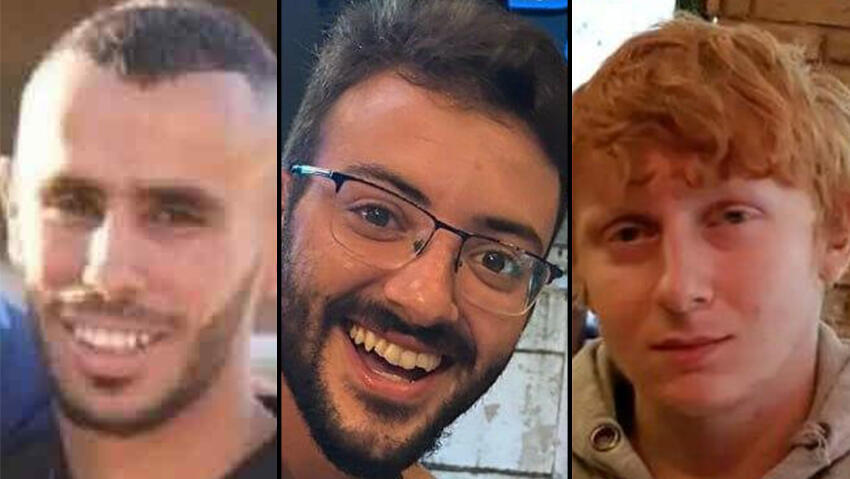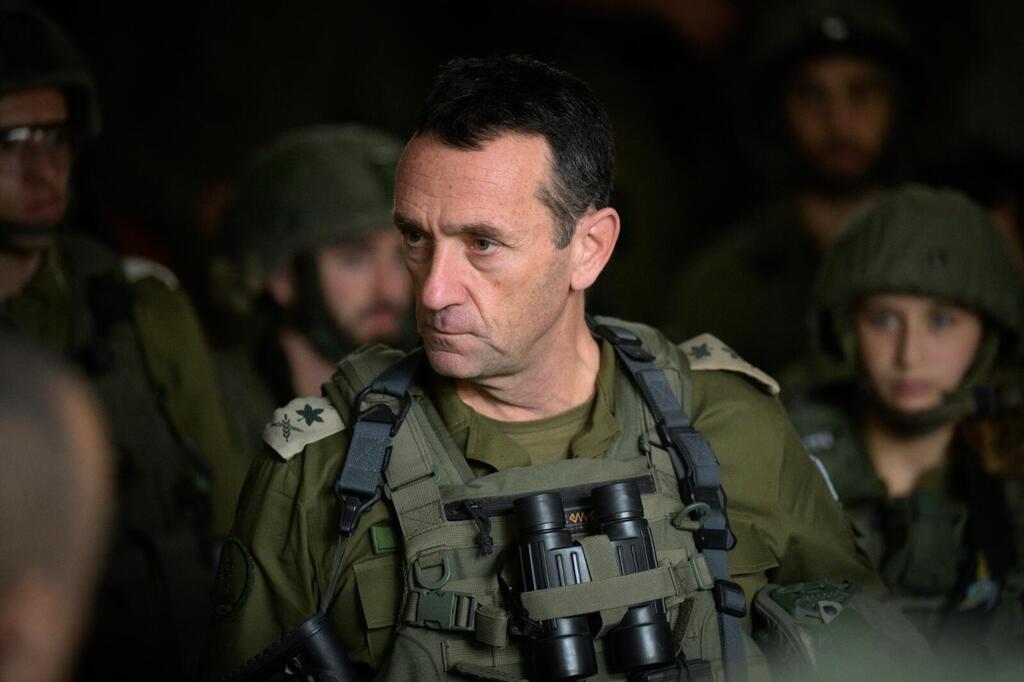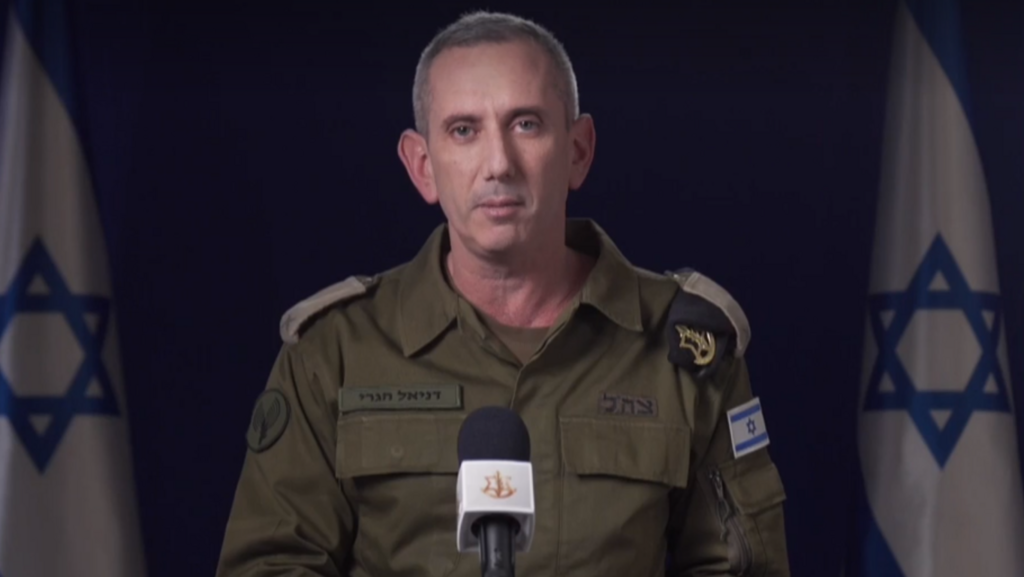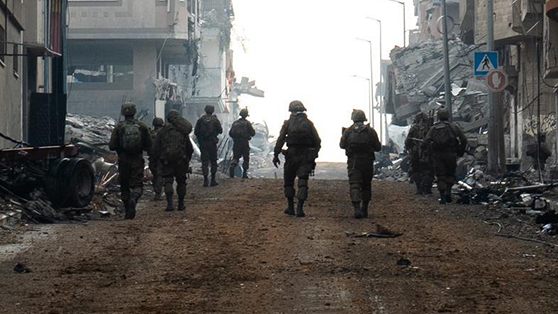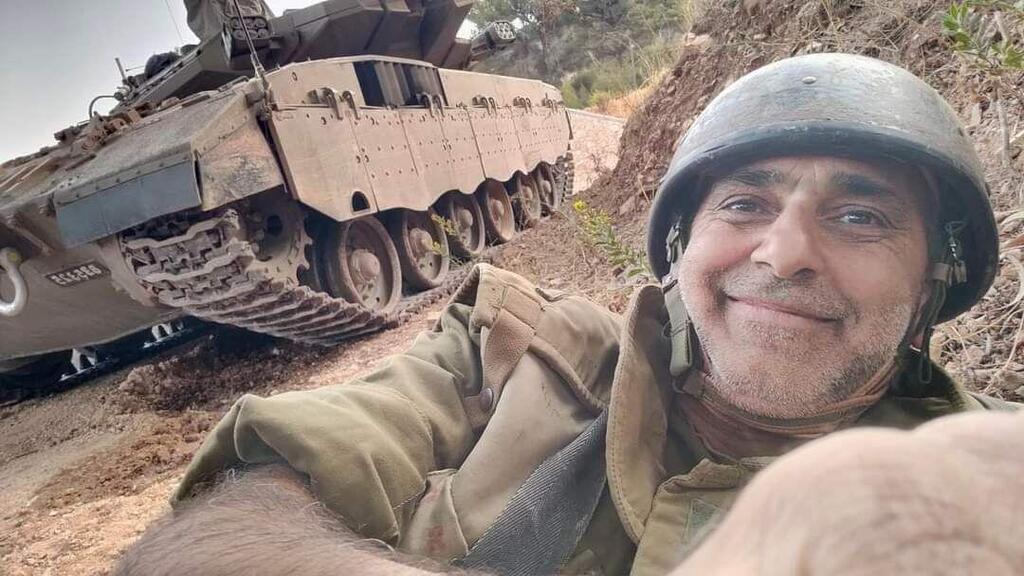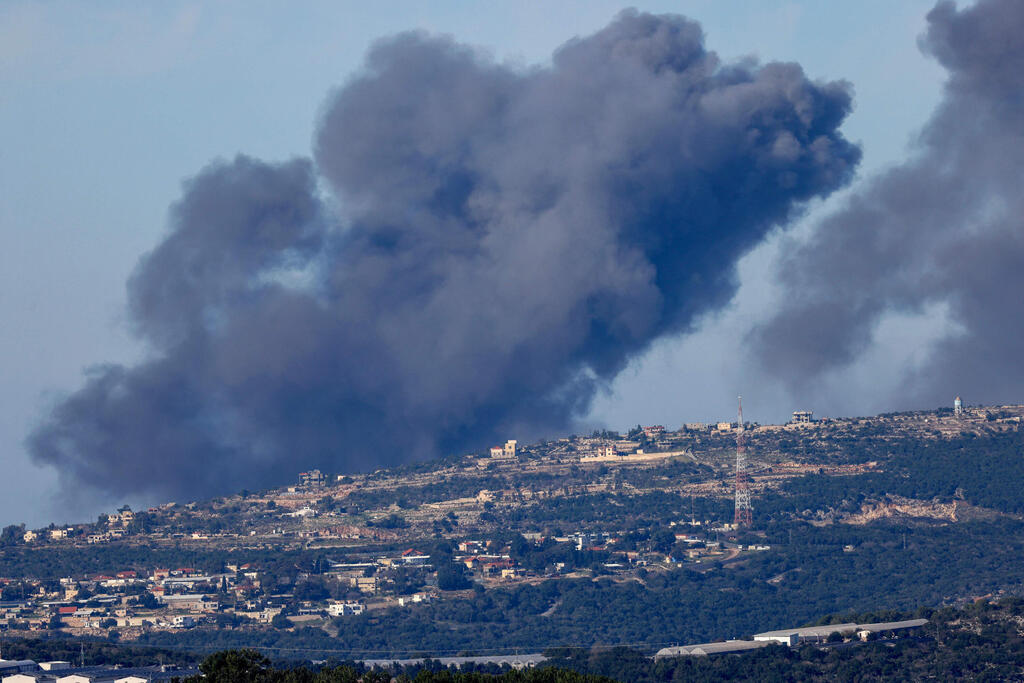One can understand the physical and psychological challenges facing IDF soldiers in Shijaiyah. They have been fighting in a war for two months now, combating the enemy in complex urban environments, and facing a challenge that no modern army has encountered before. Yet, it’s impossible to comprehend how some of the soldier soldiers violated the most basic rules of engagement. This is not to say that we don’t support the soldiers or understand the difficult situation they’re in.
More stories:
Our hearts go out to those who responded to the call to serve and risk their lives for Israel. However, as the IDF Chief of Staff Herzi Halevi said clearly and unequivocally: the shooting that caused the death of three Israeli hostages was done against orders. It’s forbidden to shoot at someone raising a white flag and surrendering. How terrible it is to reiterate the cliché that every military recruit knows: These orders were the result of past tragedies.
Transparency and responsibility
IDF Chief of Staff Maj. Gen. Herzi Halevi’s words, which included taking full responsibility for the tragic incident, align with the IDF Spokesperson Rear Adm. Daniel Hagari's official statement last week. Both testify to the proper course of action that the military decided upon: complete transparency, immediate publication of the details that were investigated, public involvement in the results, and a clear statement on what is and isn’t allowed even in times of war.
However, all of this still does not absolve IDF commanders at various levels from their responsibility to implement elementary guidelines in general, especially in a war zone like Gaza, where there’s a reasonable possibility of finding Israeli hostages. Unfortunately, bodies of captives were already recovered from the northern part of the Strip, and it was expected that the soldiers would be further cautioned. But as we can see, that didn’t happen.
What’s also concerning in this failure is that distress signals from the captives were scattered throughout the area. A few days ago, a few hundred meters from the incident site, forces discovered a structure with graffiti on its walls that read "SOS" in English and "help" and "captives" in Hebrew.
However, in those two days – right before the shooting incident - the structure wasn’t inspected due to suspicion that it was rigged with explosives since a building close to it was found to have explosive charges inside.
In the initial investigation presented to Halevi by the IDF Southern Command chief Maj. Gen. Yaron Finkelman, it was revealed that a combat soldier identified the three captives as unarmed suspects at around 10:00 a.m. in broad daylight and with good visibility.
To prove that they weren’t carrying explosive charges, the hostages walked without their shirts for several dozen meters away from the structure where the soldiers were, including the shooter.
One of the captives even held a white flag; however, the shooter opened fire nonetheless, hitting two of them. The third captive managed to run to an adjacent structure. Immediately after the shooting, the shooter shouted: "Terrorists!"
Inside the IDF’s structure was also the battalion’s commander, a lieutenant colonel, who ordered the soldiers to cease fire in order to see the figure that managed to flee. The force reached the structure where the suspect and captive hid, and from a distance of several dozen meters the soldiers heard shouts in Hebrew coming from inside the structure yelling "Help."
Nevertheless, the force decided to storm in and shouted for the person inside to come out, and when he did, he was shot at close range. It's a tragic incident.
Soldiers who risked their lives for the mission of rescuing hostages inadvertently killed them on the field. The responsibility lies heavily on their commanders since it turns out they didn’t consider the possibility of encountering living hostages in this area, and how the force should act in such a case. According to a senior IDF officer: "We didn’t think there was a possibility we would see hostages in this area."
Fighting must continue
In addition to the three hostages, 13 soldiers have lost their lives in the war from friendly fire incidents. However, compared to previous wars and considering the complex conditions of the terrain, this is a relatively low figure. Of course, every casualty is a world unto itself, and everything must be done to prevent such incidents. Investigations are ongoing even during the battles to prevent this. The question now remains as to how we should continue.
The pressure placed on the government by the hostages' families is increasing, aiming to promote a hostage release deal. Hamas' conditions for it are unacceptable, led by the demand for a cease-fire.
Halevi clarified last week that "without this determined fighting, we won’t be able to release the hostages, and we won’t be able to bring peace to southern communities. We must continue in this brave fight without looking away from its goals."
If not for the mistakes on the ground, the IDF would have saved the captives, and this would have been marked as an impressive success story, proving once again the importance of the ground operation. But that didn’t happen. Therefore, it’s necessary to say that the fighting created a situation in which hostages were able to escape and encounter IDF soldiers.
The soldier’s conduct on the field led to the shocking outcome. Ultimately, even if the soldiers failed and criticism of them and, primarily, the commanders is legitimate, it must be delivered with caution. To win the war and for Israel to have a chance to save hostages, we need brave and determined soldiers. We don't have a second IDF.
A growing issue in Lebanon
In the northern border, Hezbollah continues to employ additional means beyond anti-tank missiles and mortar shells, such as strikes carrying precise explosive warheads against IDF forces. Last week, such a drone led to the death of Warrant Officer (res.) Yehezkel Azaria, a 53-year-old from Petah Tikva, a reservist in the Armored Corps’ 8th Brigade, near Margaliot in Upper Galilee.
Hezbollah opened fire against Israel last week alongside several rockets fired from Lebanon. The terror organization claimed responsibility for six incidents, including firing anti-tank missiles at a military position, launching rockets toward Metula and the Manara area, and shooting at IDF soldiers in the Upper Galilee area. In total, 10 rockets and anti-tank missiles were fired from Lebanon toward the northern border region throughout Saturday, with more than half being intercepted.
While Hezbollah may have lost many of its terrorists due to Hassan Nasrallah's decision to confront Israel on the border, Israel, having already evacuated the border communities and with uncertainty about when residents will be able to return to their homes, is once again paying a heavy price.
At the same time, however, there’s a need to develop a technological solution to face the challenges posed by strike drones. As it stands, Israel’s northern airspace will continue to be a battlefield.
Prime Minister Benjamin Netanyahu addressed the situation on the northern border. "We set a sequence for the operations – first, a decisive victory in the south. But it’s clear that when we finish dismantling Hamas, we won’t be able to leave the northern border as it is. We can’t end the war like this. We told the Americans: This must be resolved either diplomatically or militarily, and we’ll solve it."



